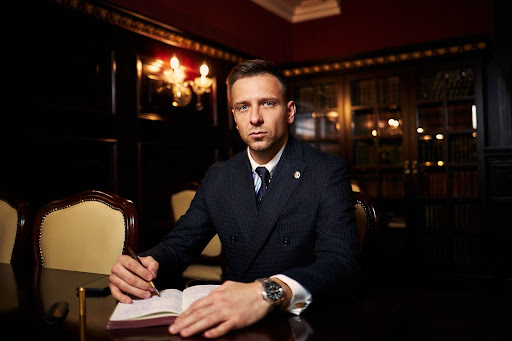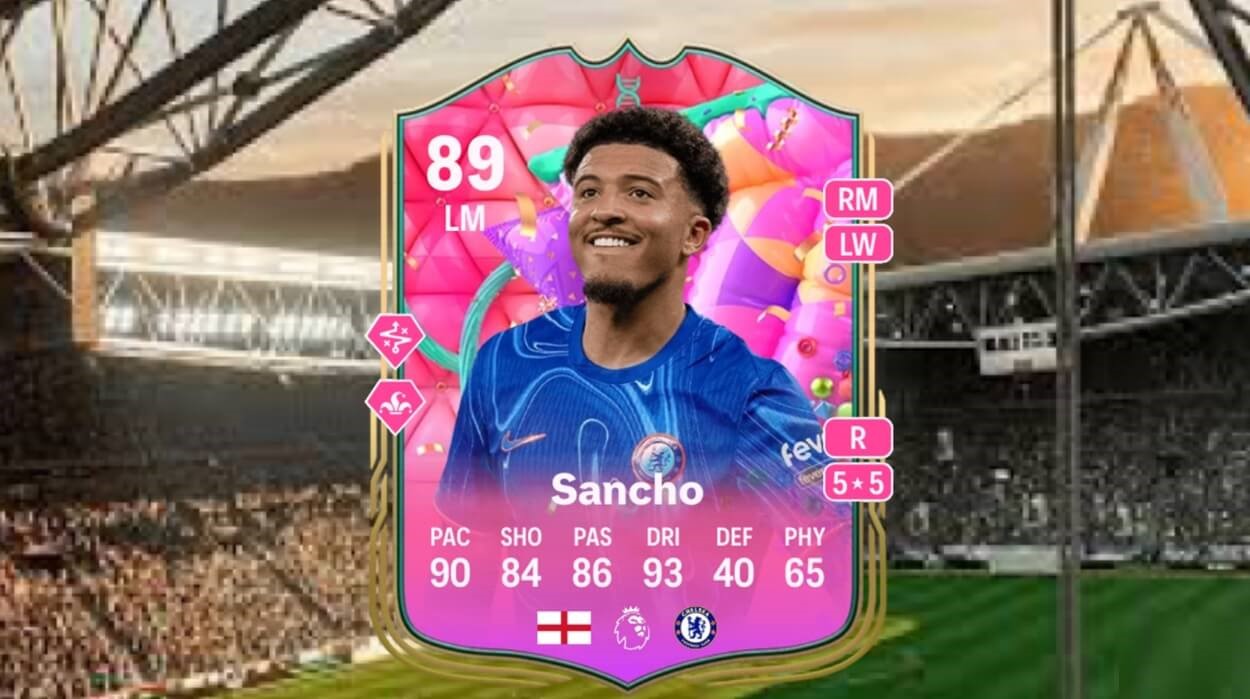When a case captures public attention, it doesn’t just play out in the courtroom—it unfolds in the media as well. A criminal lawyer handling high-profile cases must navigate legal proceedings while managing public perception, media scrutiny, and the interests of their client. The intersection of law and media presents unique challenges that demand strategic thinking, legal expertise, and a strong understanding of public relations.
The Role of a Criminal Lawyer in High-Profile Cases
A criminal lawyer’s primary duty is to ensure that their client receives a fair trial, regardless of external pressures. However, when a case garners media attention, new factors come into play. Public opinion, social media narratives, and news reports can influence the way a case is perceived before it even reaches trial. Lawyers must be prepared to handle these challenges while protecting their client’s rights.
Challenges of Media Exposure in Criminal Cases
High-profile cases bring intense media scrutiny, which can affect both the legal process and the individuals involved. Here are some key challenges criminal lawyers face:
1. Media Bias and Public Opinion
The media often shapes how people perceive a case. Sensational headlines, selective reporting, and speculative analysis can create biases that impact potential jurors, making it difficult to secure an impartial trial. A criminal lawyer must counteract negative media portrayals while adhering to ethical and legal constraints.
2. Confidentiality and Legal Ethics
Lawyers are bound by confidentiality agreements and ethical guidelines that prevent them from disclosing certain details about a case. This can put them at a disadvantage when the opposing side leaks information or when misleading narratives gain traction in the media.
3. Impact on Jury Selection
In cases with widespread media coverage, finding an unbiased jury can be challenging. Prospective jurors may have already formed opinions based on news reports, making it difficult to ensure a fair trial. Criminal lawyers often request changes in venue or advocate for thorough jury vetting to mitigate this issue.
4. Managing Social Media Influence
Social media has changed the way information spreads. Public discourse, viral posts, and online speculation can all influence a case. Criminal lawyers must monitor social media conversations, issue public statements when necessary, and advise clients on how to handle online presence and commentary.
Strategies Criminal Lawyers Use to Manage Media Influence
To effectively handle high-profile cases, criminal lawyers employ several strategic approaches:
1. Controlled Public Statements
A criminal lawyer may work with public relations experts to craft careful, fact-based statements that address media narratives without compromising legal strategy. This helps manage public perception while avoiding unnecessary exposure.
2. Legal Motions to Mitigate Media Influence
Lawyers may file motions to limit media access to court proceedings, seal sensitive evidence, or request gag orders to prevent parties from making public statements that could prejudice the case.
3. Strategic Jury Selection
During jury selection, lawyers scrutinize potential jurors’ media consumption and personal biases to ensure fairness. They may request sequestration in extreme cases to limit exposure to ongoing media coverage.
4. Advising Clients on Media Interaction
Clients in high-profile cases are often advised to refrain from public statements, as any comment can be used against them. Lawyers ensure their clients understand the risks of engaging with media or social platforms during legal proceedings.
5. Crisis Management and Damage Control
When misinformation spreads, criminal lawyers and their teams work to correct false narratives through legal filings, press conferences, or controlled media interviews. This helps maintain the integrity of the case while protecting their client’s reputation.
Real-World Examples of Media Influence in Criminal Cases
There have been numerous high-profile cases where media coverage significantly impacted the legal process. Some cases saw public opinion sway in favor of the accused, while others suffered from media-fueled bias. The O.J. Simpson trial, for example, became one of the most heavily publicized cases in history, with media narratives influencing public perception and legal strategies on both sides.
More recently, social media has played a role in shaping narratives around criminal trials, such as the Johnny Depp vs. Amber Heard defamation case. While not a criminal trial, it demonstrated how online discourse and public opinion can affect legal proceedings in real-time.
Conclusion
Handling a high-profile case requires a criminal lawyer to balance legal defense with media strategy. The influence of the media on public perception, jury selection, and overall case dynamics cannot be underestimated. By employing careful communication strategies, legal motions, and jury vetting techniques, criminal lawyers can work to ensure their clients receive a fair trial despite external pressures. As media landscapes continue to evolve, so too must the approaches lawyers take in defending their clients in the court of law—and the court of public opinion.









